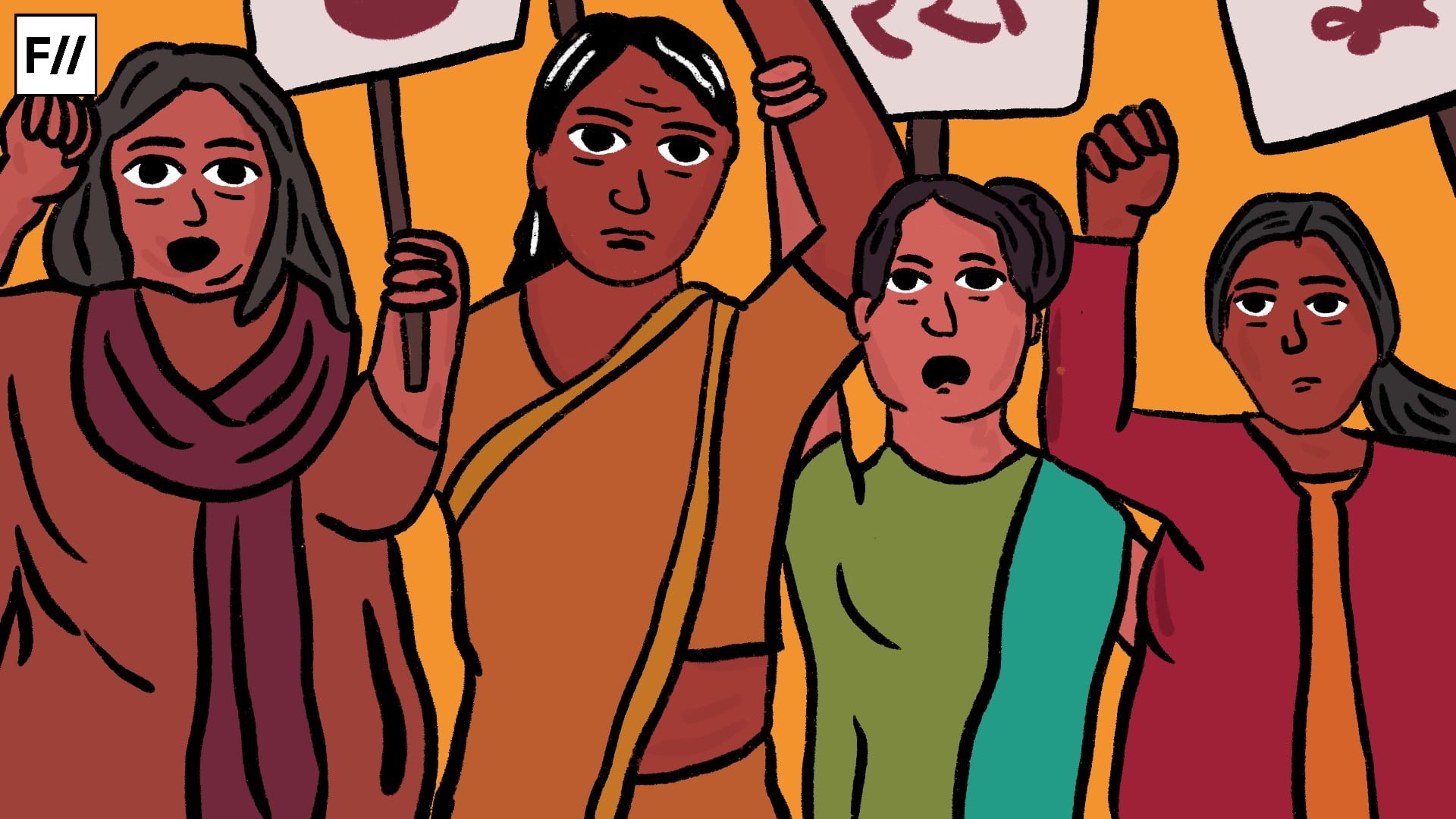Last month, Vivek Bindra, a well-known motivational speaker and social media influencer, was booked for allegedly assaulting his wife Yanika Bindra. This incident took place just a day after their wedding on December 6, 2023. Yanika’s brother, Vaibhav, registered a case against him on December 14 at Noida Sector 126 police station under several sections of the Indian Penal Code (IPC).
The latest National Crime Records Bureau’s (NCRB) annual report has brought to light a distressing surge of 4% in crimes against women in India in 2022.
The latest National Crime Records Bureau’s (NCRB) annual report has brought to light a distressing surge of 4% in crimes against women in India in 2022. While the report sheds light on various aspects, one alarming statistic stands out – ‘Cruelty by Husband or His Relatives‘ accounting for a staggering 31.4% of crimes against women (marking the majority of cases) under section 498 A of the Indian Penal Code (IPC). However, behind this number lies a stark reality – the actual incidents of cruelty against women may be significantly higher than what the official records suggest.
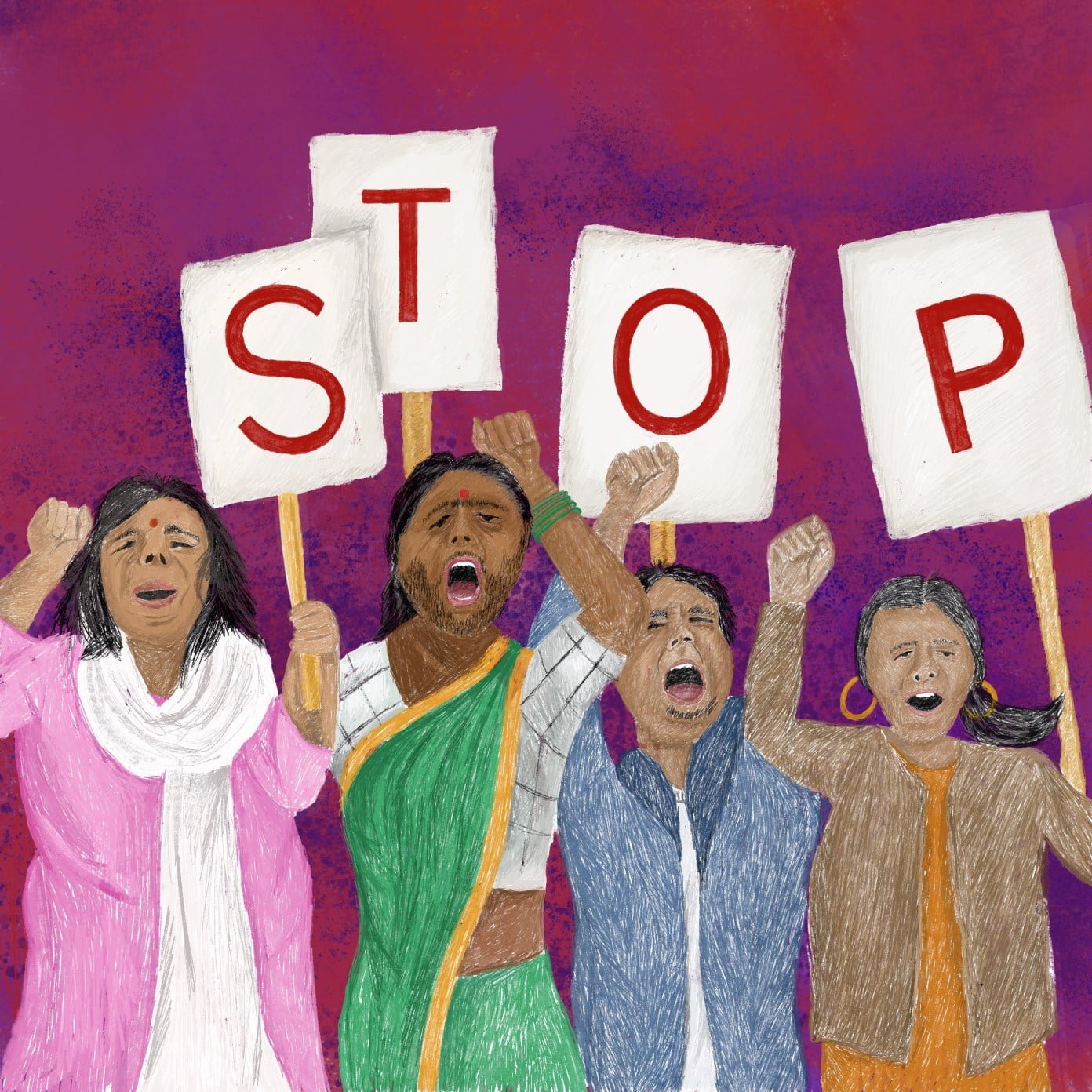
The NCRB report 2022 outlined a significant surge in crimes against women, rising from 371,503 cases in 2020 to 445,256 cases in 2022. This represented a worrisome escalation compared to the 2021 figure of 428,278 cases. Over the last 10 years, the NCRB reports have consistently highlighted cruelty by husband and his relatives as the top crime in the category of crimes against women.
In this category, the majority of victims as per the latest report, are in West Bengal, with Uttar Pradesh following closely behind. While in North Eastern States, where most forms of violence against women register close to zero, instances of cruelty by husband stand out as an alarming exception even in this otherwise minimal landscape, signaling an insidious presence even in these regions.
Despite the grim numbers presented in the report, it is crucial to acknowledge that the reported cases are merely the tip of the iceberg. A multitude of factors such as social stigma, fear of retaliation, lack of trust in the police and the justice system (as per the latest NCRB report, 1,45,840 cases, highest in the category, were disposed of by the police) contribute to the underreporting of cruelty faced by women, skewing the statistics and failing to capture the full extent of this pervasive issue.
Cruelty behind closed doors
One of the primary reasons for the underreporting of domestic violence cases is the prevailing notion that such matters are internal and should be resolved within the confines of the family. Most of the matters are brushed under the carpet saying ‘Ye hamare ghar ka mamla hai.’
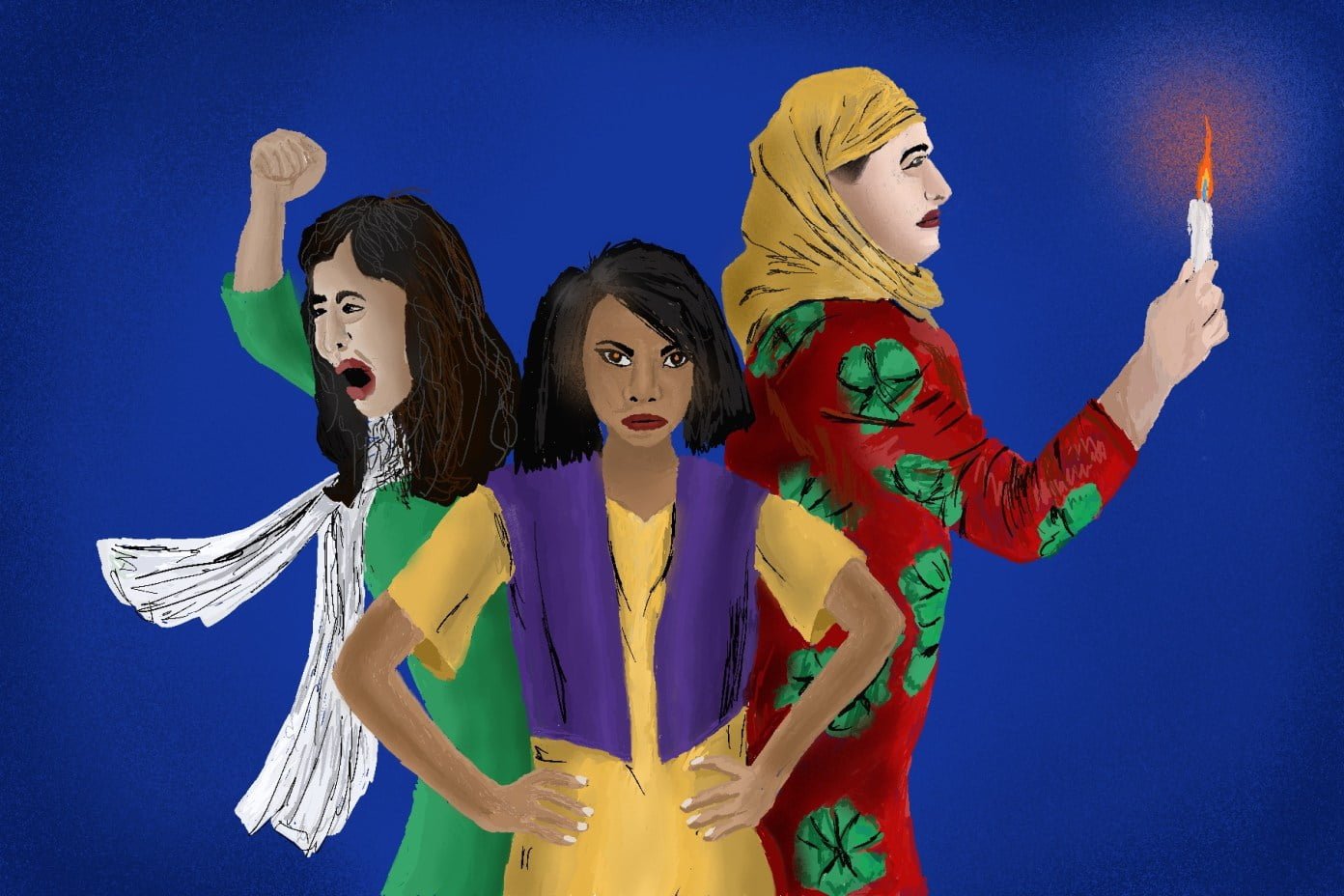
Societal norms often pressure women to remain silent about their sufferings, viewing domestic disputes as private affairs that should not be exposed to the public or legal authorities. The report further substantiates this claim with relevant data. Out of all the reported crimes against women, Cruelty by husband and his relatives saw the majority of cases with pending trial (72,9301 cases), cases compromised (15,513 cases) and disposed of by plea bargain (1,289 cases).
Patriarchal power and controlled dynamics
The deeply ingrained patriarchal society reinforces power imbalances within households, making it difficult for women to voice their grievances. The fear of retribution and societal stigma attached to exposing family matters deters victims from seeking help. The power dynamics at play often suppress women, preventing them from breaking free from the chains of abuse which further normalises and makes cruelty against women socially acceptable. As a result, no heed is paid to such cases because they become an everyday affair.
Marriage as an institution
Another reason for the underreporting of such offenses by women is closely tied to the societal reverence for marriage as an institution. Marriage is often perceived as a sacred bond, placing an implicit obligation on individuals to safeguard it, a responsibility that frequently falls upon women.
This inclination extends to other intimate relationships as well. In meeting societal expectations to preserve their marital status, women inadvertently find themselves ensnared in a cycle of abuse/violence. They endure, patiently wait, and make compromises, nurturing a hope that their spouses’ conduct will eventually improve, albeit not immediately, in a bid to protect their marriage.
Chains of dependence: no financial net and stability
Financial dependence on the perpetrator further complicates the situation for many women. This challenge is not exclusive to any particular socioeconomic class; however, it is noteworthy that women from well-to-do families also experience domestic violence, and often come forward to report such incidents. It’s important to dispel the misconception that financial affluence shields individuals from this form of abuse.
It’s important to dispel the misconception that financial affluence shields individuals from this form of abuse.
For women from low-income groups, the issue of financial dependence exacerbates the complexities of escaping abusive relationships. The lack of economic independence leaves them vulnerable and without the means to break free from the cycle of abuse. In these situations, the fear of destitution looms large, and the absence of a financial safety net becomes a formidable barrier to seeking help or leaving an abusive partner. Thus, addressing the multifaceted challenges of domestic violence requires a nuanced understanding of the intersection between economic factors and the dynamics of abuse.
Lack of legal awareness
A significant proportion of cruelty cases by husband go unreported due to lack of awareness about legal avenues available to victims. Limited knowledge about protective laws and support systems can prevent women from seeking help. Bridging the gap in legal awareness is crucial to empower victims and encourage them to come forward.
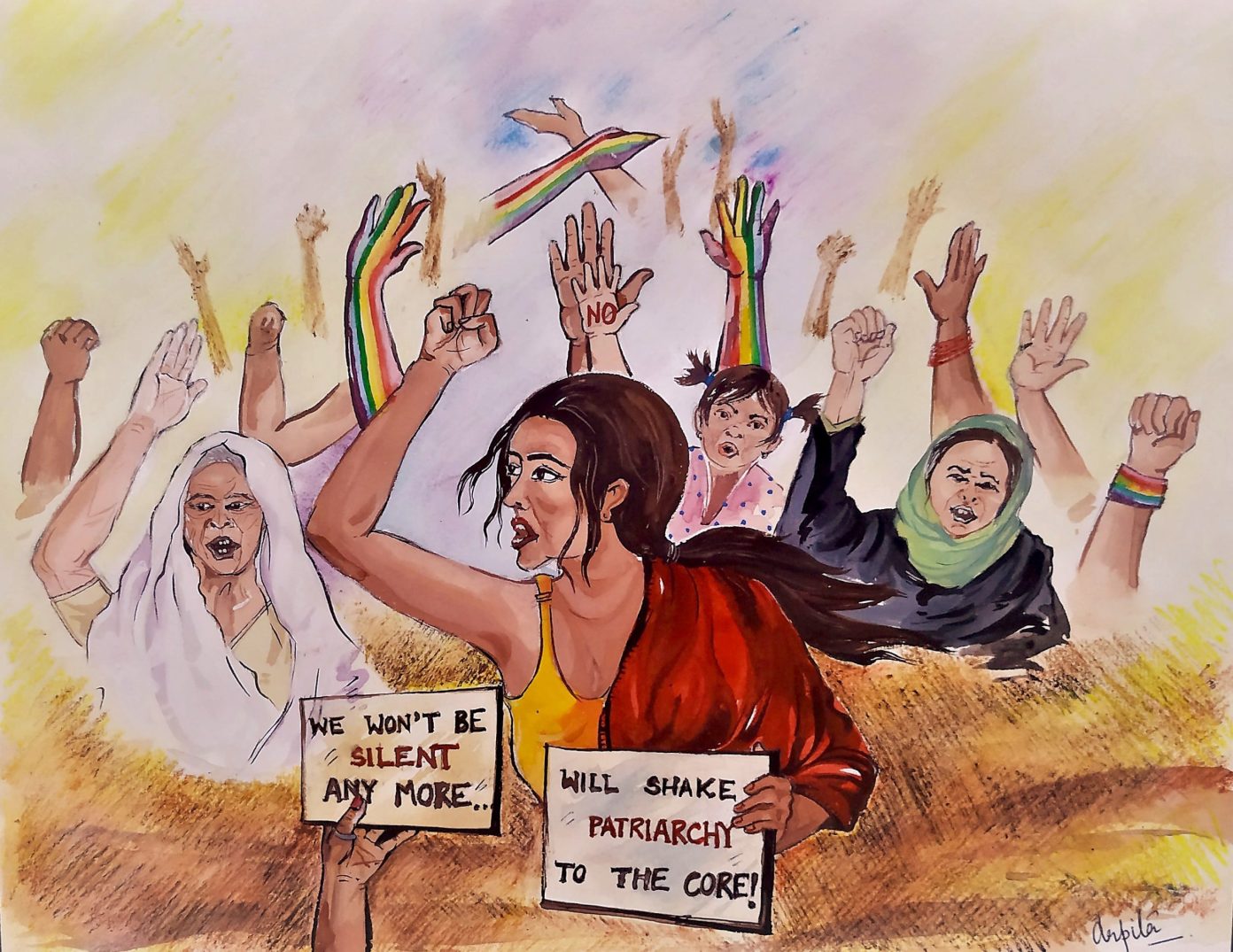
The onus of awareness lies with those implementing the law, and not with the women who may be unaware of their rights. Lack of legal awareness should not be attributed to the fault of women; rather, it underscores the need for education and dissemination of information about the legal protections in place.
‘Whether she reports or remains silent, she finds herself subjected to blame and scrutiny’ says Mrs Aarthi Chandrasekhar, program coordinator at research center for interventions on violence against women at TISS.
Looking at crucial laws dealing with cruelty by husband
- The Domestic Violence Act 2005
In cases of domestic abuse, criminalising relationships often represent a final recourse for women. In response to this, Indian legislation enacted the Protection of Women from Domestic Violence Act, 2005.
This legal framework seeks to provide redress and protection to women who have experienced various forms of abuse in intimate relationships. Apart from physical violence, the law recognises emotional, verbal, economic and sexual abuse as well as dowry-related harassment.
Apart from physical violence, the law recognises emotional, verbal, economic and sexual abuse as well as dowry-related harassment.
This law serves as a civil remedy that allows women to seek redress through protective orders, residence arrangements, financial assistance, and child custody orders. In addition, it establishes a support structure by appointing Protection Officers to help victims understand their rights and navigate court channels effectively.
- Section 498A of the Indian Penal Code
It is a criminal law that deals with the crime of cruelty against a woman by a husband or his family. Cruelty, as defined in this context, includes any purposeful conduct likely to drive a woman to suicide or to cause serious injury or danger to her life, limb or mental health. Harassment may also be used to compel her or anyone associated with her to satisfy any unlawful demand for property or significant security. According to the section, anyone who abuses a woman, whether her husband or a relative of her husband, is liable to imprisonment for up to three years and a fine.
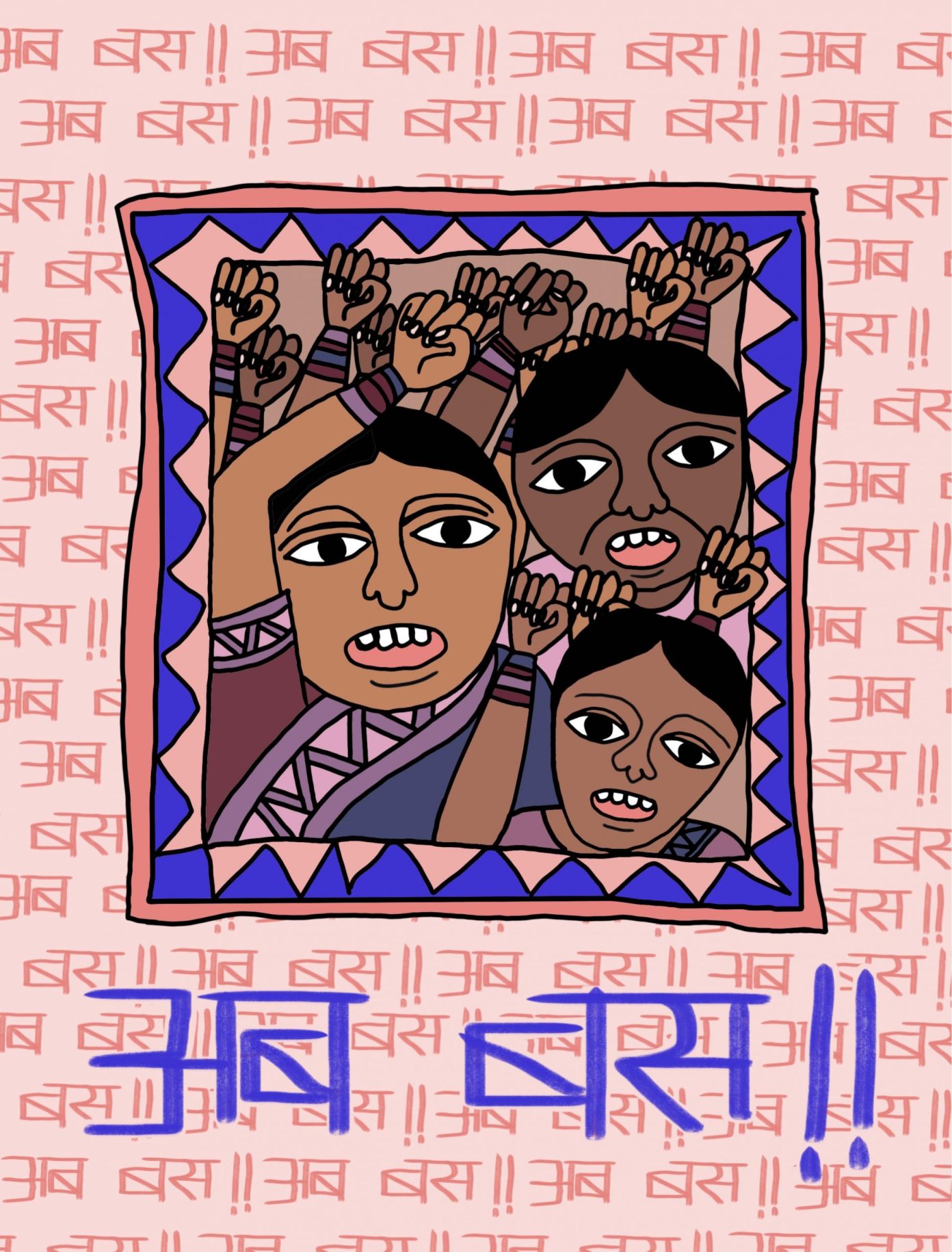
The reported surge in crimes against women, as reflected in the NCRB report, emphasises the urgency of addressing this issue. Majority of cases categorised under ‘Cruelty by Husband or His Relatives‘ signifies an alarming trend, however the underreporting of such crimes continues to be a challenge.
The NCRB report, while informative, is not without its limitations. The numbers it presents are subject to underreporting and inconsistencies in data collection, reflecting only a fraction of the true extent of domestic violence.
As we navigate this complex landscape, it is essential to understand that progress extends beyond statistics. Real change requires a collective effort to create an environment where victims feel safe to report.
